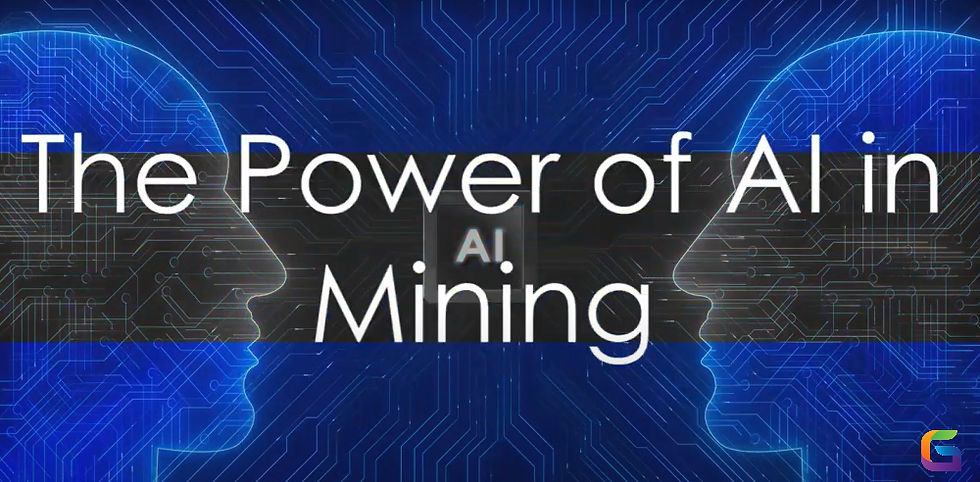Real‑Time Drone Imagery Geospatial Analysis with GeoAI in the Cloud
- GeoWGS84

- Jul 11
- 2 min read
Geospatial Artificial Intelligence (GeoAI) in conjunction with real-time drone footage is transforming the collection, processing, and analysis of spatial data in an era of rapid digital transformation and data-driven decision-making. This synergy, when combined with cloud computing's scalability, provides an unmatched framework for automated geospatial intelligence, enabling applications in various fields, including smart cities, defence surveillance, disaster response, and agriculture.

The Rise of Drones in Geospatial Data Collection
Drones, also known as UAVs, have emerged as significant tools in geospatial workflows because of their
Capturing high-resolution images
Repeatable, low-altitude flying routes
Quick mobility and deployment
Integration of LiDAR, hyperspectral, and multispectral payloads
Traditional on-premise analysis pipelines are inadequate for high-frequency missions due to the gigabytes of imagery that modern drones may provide every hour. This is where AI-driven, cloud-enabled technologies are useful.
Why the Cloud Is Critical for Real-Time Drone GeoAI
Key Cloud Features Enabling Real-Time Processing:
Elastic Compute Resources: Drone data can be processed very quickly because horizontal scaling, made possible by platforms like AWS (EC2, SageMaker), Google Cloud (Vertex AI), and Azure (Machine Learning Studio), enables this.
Geospatial Data Lakes: With the use of optimal data partitioning techniques (such as Z-order or Hilbert curve indexing), services like AWS S3, Google Cloud Storage, and Azure Blob can absorb and arrange petabytes of imagery.
Edge-to-Cloud Synchronization: Drones equipped with edge computing units (like the NVIDIA Jetson) can preprocess photos and send metadata or tiled frames over 5G/LoRaWAN to the cloud.
GeoAI: The Engine Behind Spatial Intelligence
The combination of spatial data analysis and AI/ML is known as geoAI. It makes use of:
Convolutional neural networks (CNNs) for classifying land cover and detecting objects.
Transformers and Recurrent Neural Networks (RNNs) for spatiotemporal prediction.
Topological pattern mining in geographic networks using Graph Neural Networks (GNNs).
Autoencoders to identify changes and anomalies in time-series drone data.
Common Models Used in Real-Time Drone GeoAI:
Real-Time Data Pipeline: From Drone to Decision
This is an example of a typical end-to-end architecture for cloud-based GeoAI real-time drone imagery analysis:
Image Capture & Preprocessing (Edge)
Intermittent frame capture
Both radiometric correction and GPS tagging
Noise reduction with edge AI filtering
Cloud Ingestion
Pictures sent to S3/Blob over secure MQTT/RESTful endpoints.
PostGIS/BigQuery metadata that is kept for indexing
GeoAI Model Inference (Cloud Compute)
Triggered by serverless functions (such as GCP Cloud Functions and AWS Lambda).
Using GPU-accelerated machine learning models for batch or stream processing
Visualization & Alerts
WebGL-rendered real-time maps on dashboards (Mapbox, CesiumJS)
Notifications through IoT messaging protocols, SMS, or webhooks
Drone imagery in real time. A significant breakthrough in how humans engage with, perceive, and respond to the physical environment is represented by cloud-based geospatial analysis using GeoAI. Expect UAVs, cloud infrastructure, and AI to collaborate more closely as compute power and connectivity advance, bringing in the era of autonomous geospatial intelligence.
For more information or any questions regarding geospatial AI, please don't hesitate to contact us at
Email: info@geowgs84.com
USA (HQ): (720) 702–4849
(A GeoWGS84 Corp Company)




Comments